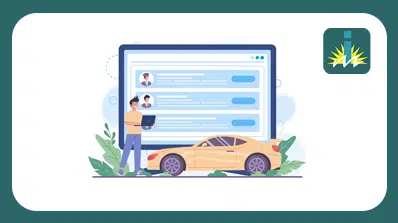Road accidents are unfortunately common in the Philippines, especially on city roads. According to the latest Metro Manila Development Authority (MMDA) report, over 160 crashes happen daily on Manila’s major highways.
A small number of those incidents are linked to vehicular or mechanical defects. However, such accidents have caused life-changing and life-ending injuries for those involved. As such, it’s your responsibility to ensure your car is roadworthy before driving them.
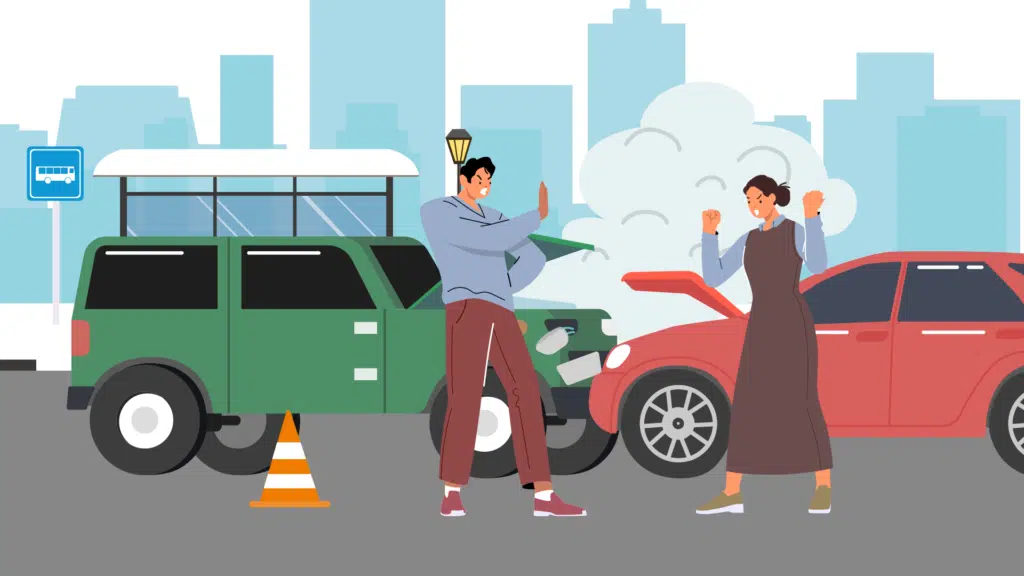
An annual inspection and service from your trusted mechanic is the best way to ensure your car is safe to drive. You can also do basic safety checks a few hours or days before heading out.
Tires
These parts are the ones that get the most wear. After all, they make direct and constant contact with the ground. They also support the weight of the vehicle. A bald or deflated tire can cause you to lose control of your car and cause an accident.
Here’s what you need to inspect:
- Pressure – You can find your car’s recommended tire pressure on the driver-side door frame, glove box, fuel door, or in the owner’s manual. Memorize this number and head to the nearest gas station to check and pump each tire to the correct specifications.
- Depth – Get a ruler and place it into the tread. Measure its depth. If it’s below 1.5mm, you need to change the tire. Some tires also have a wear indicator, which runs perpendicular to the tread. Your tire is due for replacement if the indicator is already in line with the tread.
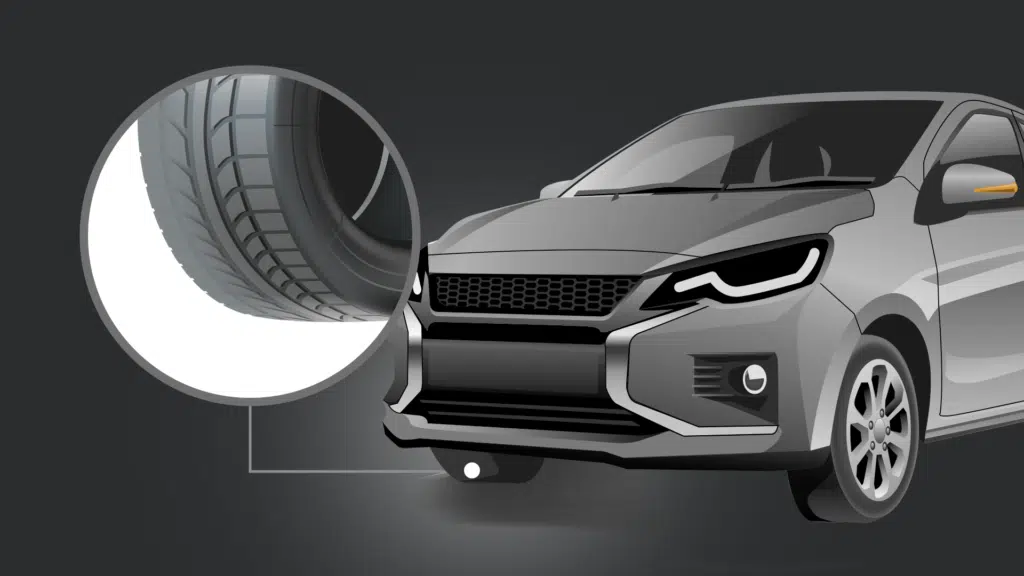
Lights
Turn on your car and turn your headlights and brake lights on. Have someone on the outside of the vehicle inspect this. Even if you only have one defective light, you need to replace them immediately. Each is essential in ensuring you can see and be seen at night.
Fluids
Apart from gas, other types of fluid keep your car running. These include the engine oil, coolant, brake fluid, differential fluid, gearbox oil, windscreen washer, and power steering fluid.
If any of these are dangerously low, you’ll see their corresponding indicator flashing on your dashboard. If you’re unsure what it means, consult your owner’s manual.
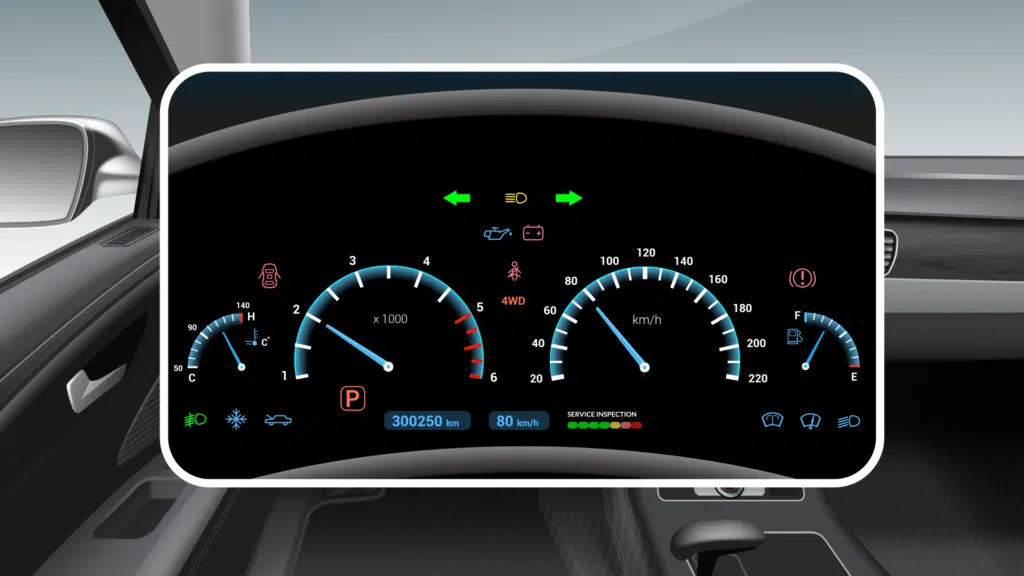
Watch for puddles under your car when sitting idle in your garage. This could indicate a leak that needs to be repaired by a professional.
Possible Internal Issues
There are some issues that you can only see, hear, or feel when you’re driving your car. Go on a test drive in an empty parking lot or road. Check the brakes to see if they’re squeaky or spongy. Does the steering wheel shake or pull to one side? How about the exhaust? Is it making strange noises or emitting dark smoke?
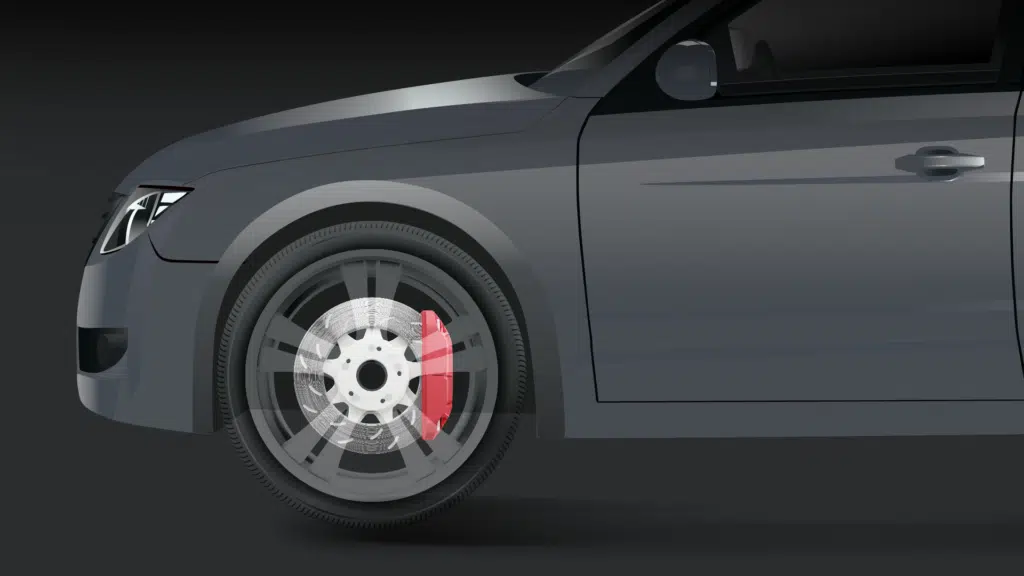
If you answered “yes” to any of these questions, take your car to the mechanic immediately for repairs.
A small problem within your car can cause huge repercussions if it causes a road accident. So, it’s your responsibility as a driver to keep your vehicle in good shape. Use this article as a checklist when you want to conduct your safety inspection. And when in doubt, take your car to the shop for professional servicing.
Be Responsible on the Road
Be responsible on the road with LTO-accredited CTPL insurance from Metropolitan Insurance Company Inc. (MICI). For just ₱560 a year, this product offers up to ₱100,000 coverage to a third party your vehicle may harm in an accident.
Visit the MICI shop today to get your policy online.


